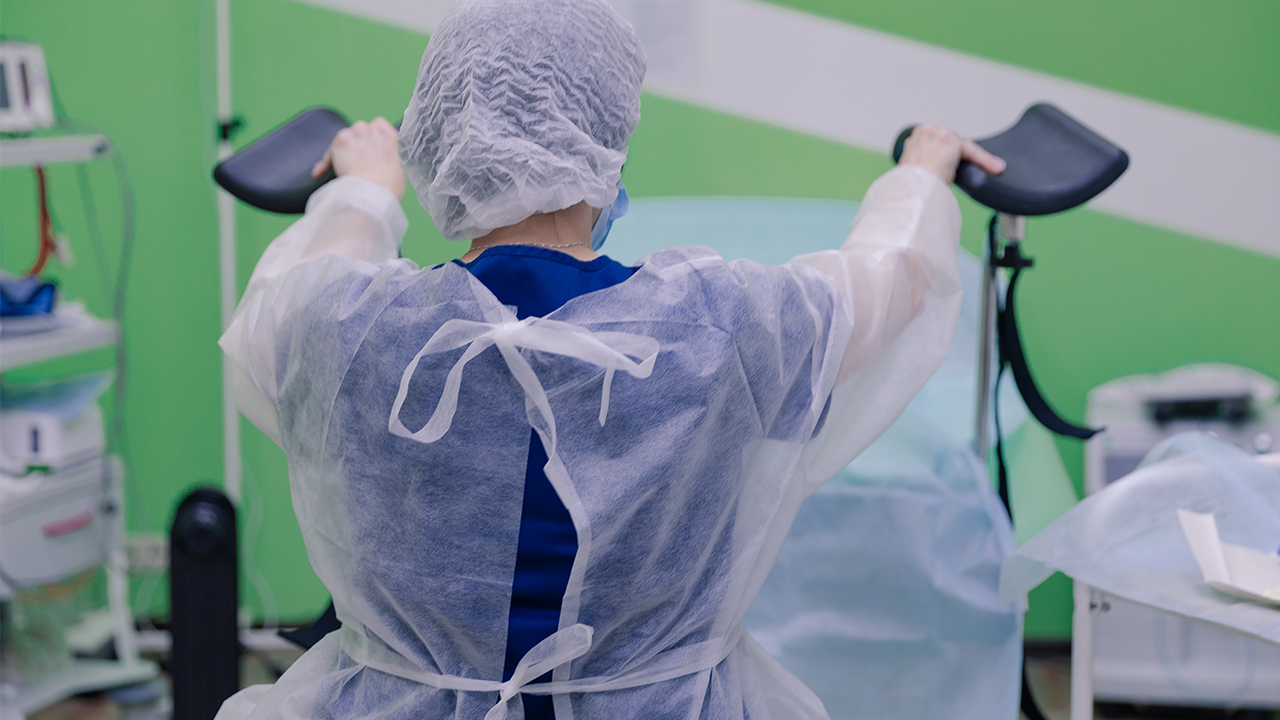
Hysteroscopy
Hysteroscopy is a modern minimally invasive method of diagnosing uterine cavity diseases. To perform the procedure, a special tool is used – a hysteroscope. With a hysteroscope, the doctor penetrates into the uterine cavity without surgical incisions and punctures. Among the advantages of hysteroscopy are painlessness, a quick rehabilitation period, and a low risk of postoperative complications. If necessary, during the procedure it is possible to take material for histological examination.
Indications for hysteroscopy of the uterus
The examination is prescribed if there are such conditions as:
- infertility
- menstrual cycle disorder
- prolonged bleeding of unclear genesis
- the presence of pregnancy terminations in the history
- preparation for IVF
Hysteroscopy is carried out when there is a suspicion of tumors in the genital area and the need to clarify the diagnosis. The procedure is also prescribed to monitor the effectiveness of previous treatment. Moreover it allows to determine the size and localization of nodes and neoplasms.
Contraindications to the procedure
It is recommended to abandon hysteroscopy during pregnancy, with a blood clotting pathology, cervical stenosis, infectious and inflammatory diseases of the pelvic organs. Among the contraindications are also abundant bleeding from the genital organs, cervical cancer and decompensation of chronic diseases.
To determine the limitations to the procedure, it is necessary to consult a doctor. Our clinic has highly qualified gynecologists. The decision on hysteroscopy is made on the basis of the patient’s complaints, general health condition, the results of the examination and the сheck-up.
Preparation for hysteroscopy
To assess the current state of the patient’s health, an examination is carried out:
- general and biochemical blood analysis
- general urine analysis
- coagulogram
- blood test for HIV, hepatitis B and C, syphilis
- ECG
- fluorography
- ultrasound of the pelvic organs
- smear on flora and oncocytology
It is recommended to start preparing 2 weeks before the scheduled date of the procedure. If necessary, the list of analyses can be completed. You can get a referral to hysteroscopy from a general practitioner. To increase the informativeness of the results, it is recommended to abandon the use of tampons, vaginal candles, tablets and syringing a few days before the procedure. Sexual contact is excluded 2 days before hysteroscopy. The day before the procedure, it is recommended to clean the intestines. The operation is carried out on an empty stomach, so the last meal should be 10 hours in advance.
How hysteroscopy is performed
During surgery, the patient is placed in a gynecological chair. Depending on the type of surgery, local anesthesia or intravenous sedation (medical sleep) is carried out. Then the doctor uses special tools to expand the cervical canal. A sterile liquid or gas is injected into the uterus through it. It is necessary to expand the organ cavity and improve the view for examination. Then, a hysteroscope is introduced through the cervix. Gradually pushing the instrument, the doctor inspects the cervical canal, intrauterine cavity and other structures. Diagnostic hysteroscopy can be therapeutic. During the study, it is possible to take biomaterial for histological examination, as well as to remove polyps, uterine fibroids, etc. The procedure is completed by removing the hysteroscope.
Rehabilitation after hysteroscopy
Hysteroscopy is a minimally invasive intervention that does not require a long recovery.
To accelerate rehabilitation and reduce the risk of postoperative complications, for several weeks it is recommended to:
- eliminate physical stress and sexual contact
- not use baths, saunas, swimming pool
- eliminate syringing
- stop using tampons
Our doctors will answer your questions individually. The medical center has advanced equipment that allows diagnostic and therapeutic manipulations of any level of complexity and specialists of the clinic regularly improve their professional skills.
